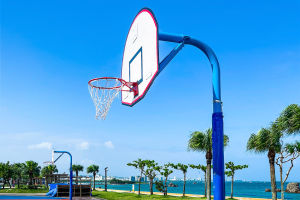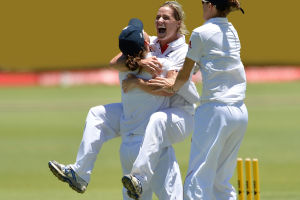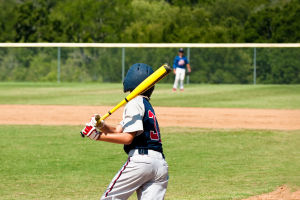Welcome, Lykkers! When it comes to basketball, speed and precision are key. One of the most essential building blocks in a player's technical development is the ready position.
This posture serves as the base for nearly every move on the court—from passing and dribbling to shooting and defending.
Understanding its structure and purpose is crucial for improving performance, especially among young athletes.
The Core Elements of the Ready Position
The ready position is characterized by a stance that allows players to react quickly and efficiently. Key elements include:
- Feet placed shoulder-width apart
- Body weight balanced on the front part of the feet
- Ankles and knees slightly bent
- Torso gently leaning forward
- Eyes focused on the court with an open field of vision
- The hand behind the ball has the wrist loaded
- Thumbs form a "T" grip to ensure a secure hold on the ball
- The non-dominant hand supports the side of the ball
This stance isn't static; adjustments are made based on movement needs. For example, while preparing to shoot, the legs should be semi-bent rather than fully flexed. The positioning of the feet may also differ slightly depending on a player's dominant hand to provide better balance and alignment for the shot.
Variation Based on Court Scenarios
Players initiating movement will often widen their stance slightly more than in the standard ready position. This broader base helps them push off more effectively and break away from a defender. The goal is to maintain speed and stability while creating space during one-on-one situations. Due to the fast-paced nature of modern basketball, it's useful to think of the offensive ready stance as dynamic rather than fixed.
Foundations for Young Athletes
When working with beginners, especially in youth divisions, it is essential to emphasize a few core concepts:
- Stable foot positioning
- Proper weight distribution
- Balanced and agile body posture
- Strong and correct grip on the ball
Spending focused time on these fundamentals lays the groundwork for more advanced techniques.
The Ideal Ball Handling Grip
Two-Handed and "T" Grip Techniques
Ball handling begins with the grip. There are two main ways to hold the ball:
1. Two-Handed Grip:
Best for young players or those with smaller hands. Fingers should be naturally spread around the sides and back of the ball. Thumbs and index fingers guide control, offering a secure hold.
2. "T" Grip (Thumbs in T Formation):
Used by more advanced players. While both hands are involved, the dominant hand's thumb forms the vertical line of the "T". This grip, combined with a loaded wrist, enhances the speed and effectiveness of offensive movements.
Progressive Drills for Teaching the Ready Position
Drill #1 – Basic Stance and Pickup
Tools: A ball and a chair.
Players start in an upright, relaxed stance. At a signal (e.g., "DOWN"), they lower their bodies into the ready position, pick up the ball from the chair using the correct grip, and align their posture as outlined earlier.
Drill #2 – Simulated Start with Ball Recovery
From the same initial stance, players now perform a crossover or matching step while picking up the ball. They simulate a directional start, aligning the lead foot with the dominant hand and ensuring the nose slightly passes beyond the foot for balance.
The movement is repeated on both sides. When using the non-dominant hand, the grip adjusts so that the supporting hand shifts behind the ball—a technique that requires careful instruction.
Drill #3 – Adding the First Dribble
Players combine the footwork from Drill #2 with the first controlled dribble of a drive. This develops coordination and reinforces the connection between foot movement and ball control.
Drill #4 – Reverse Dribble and Recovery
After completing the first drive step, players perform a protective reverse dribble, retreat slightly, and place the ball back on the chair. They then repeat the sequence on the opposite side. Optional additions include performing a hand change after passing the chair before initiating the reverse movement.
Drill #5 – Decision Making with a Defender
This is the first step towards game-like scenarios. A defender walks around the chair while the attacker waits for the cue. The attacker must recover the ball and initiate the move before the defender tags them. Players switch roles to ensure understanding from both perspectives.
Wrapping It Up, Lykkers!
The ready position is the launchpad for every action a player performs on the court. Teaching this element systematically from a young age provides a solid foundation for growth. By focusing on footwork, grip, balance, and decision-making, young athletes develop agility, speed, and confidence. Keep practicing, stay focused, and remember: every great move begins with the right start.


